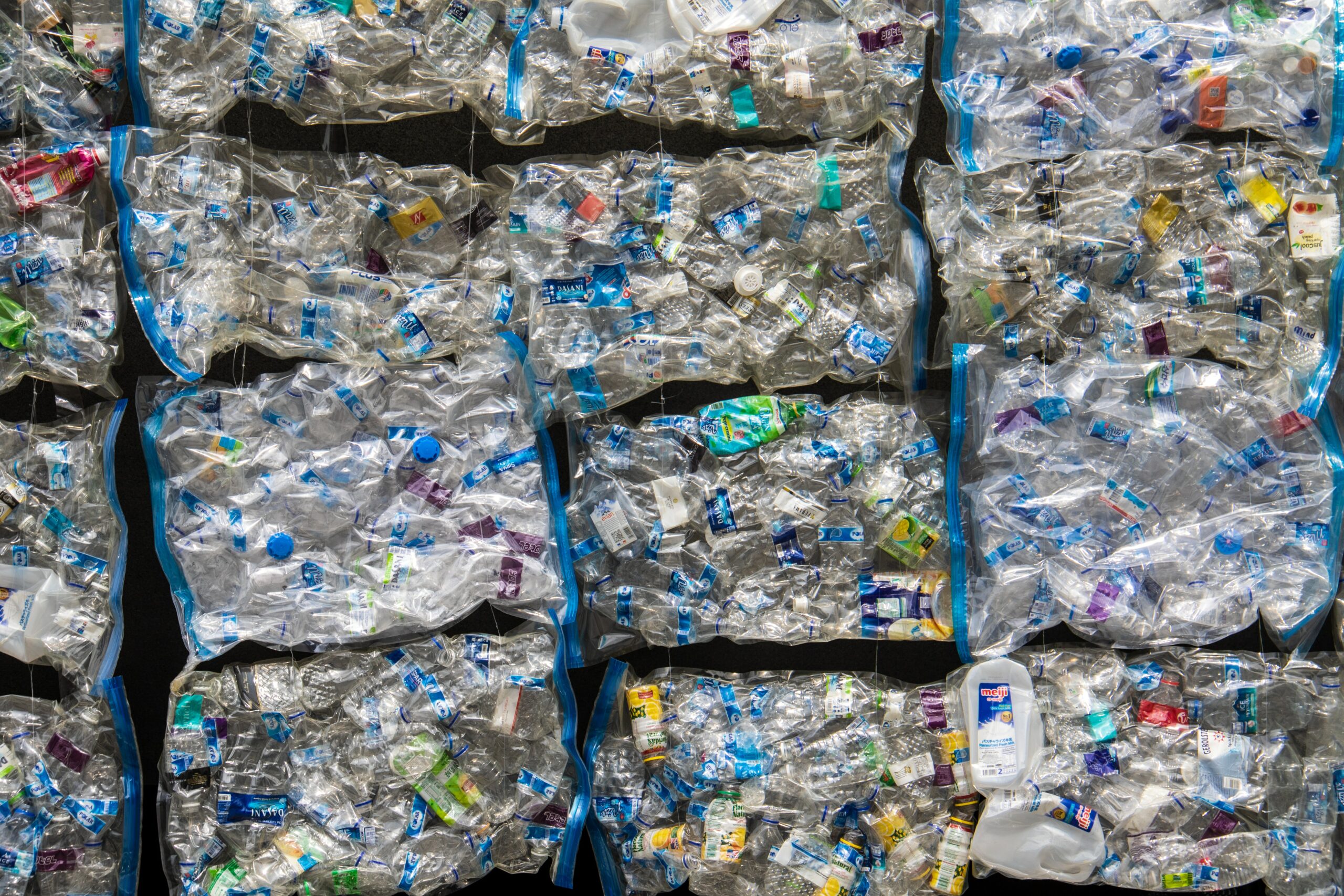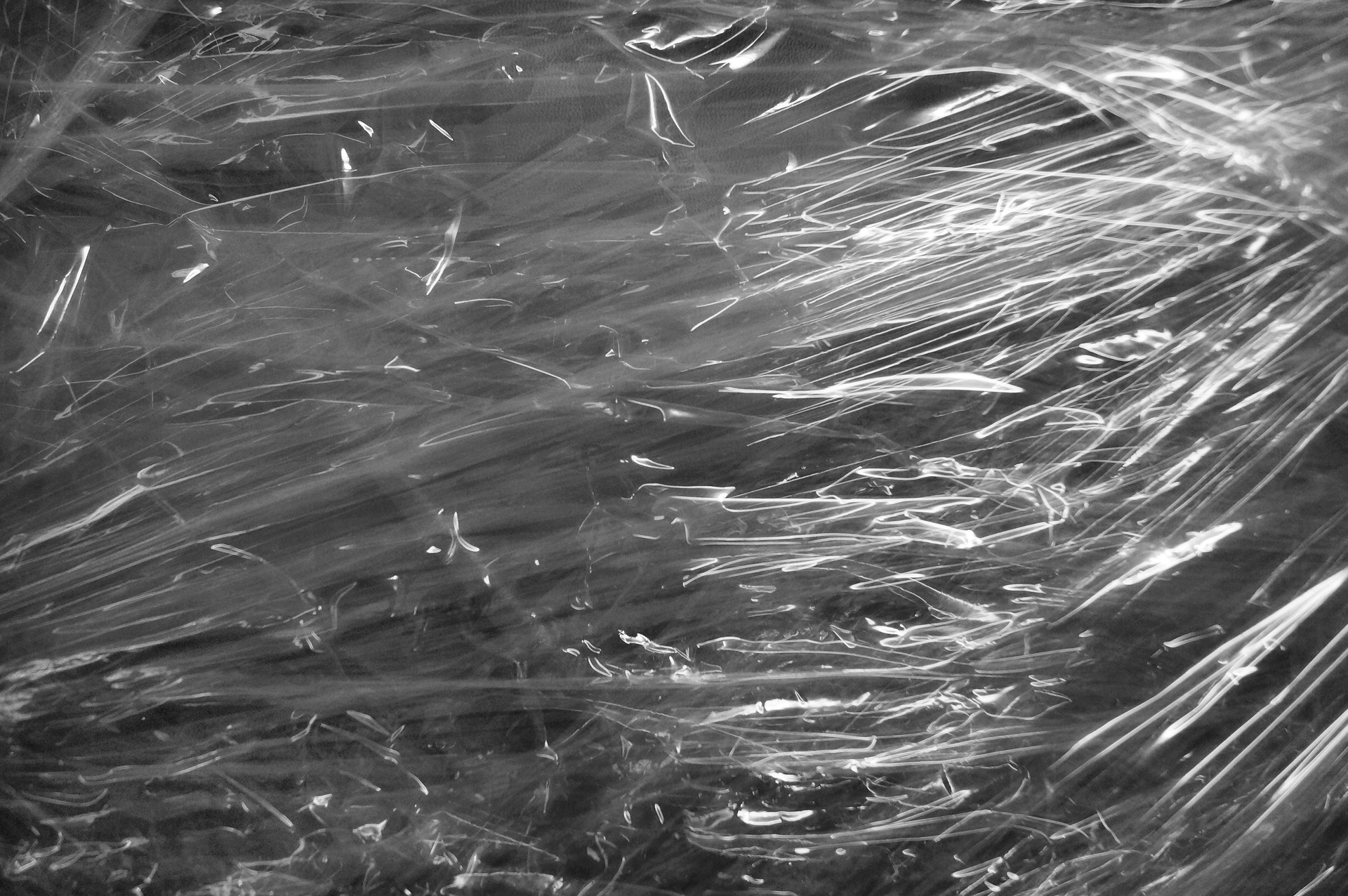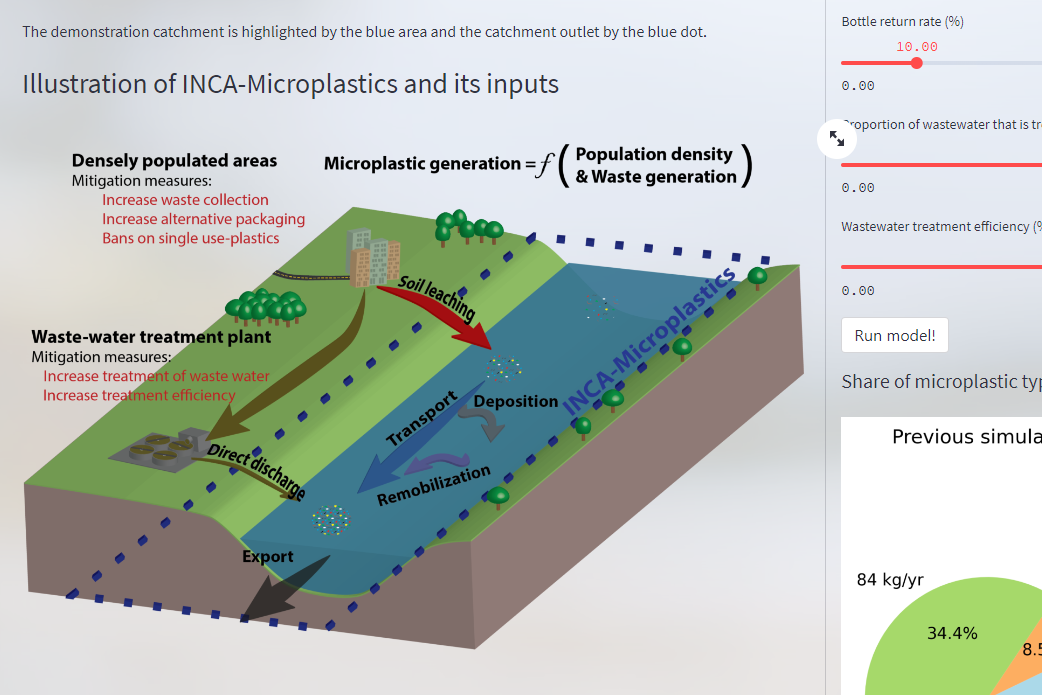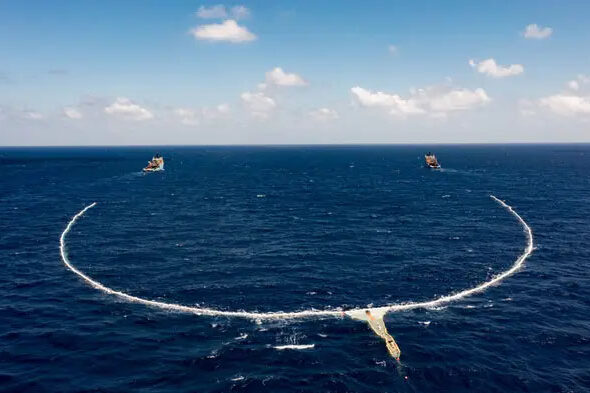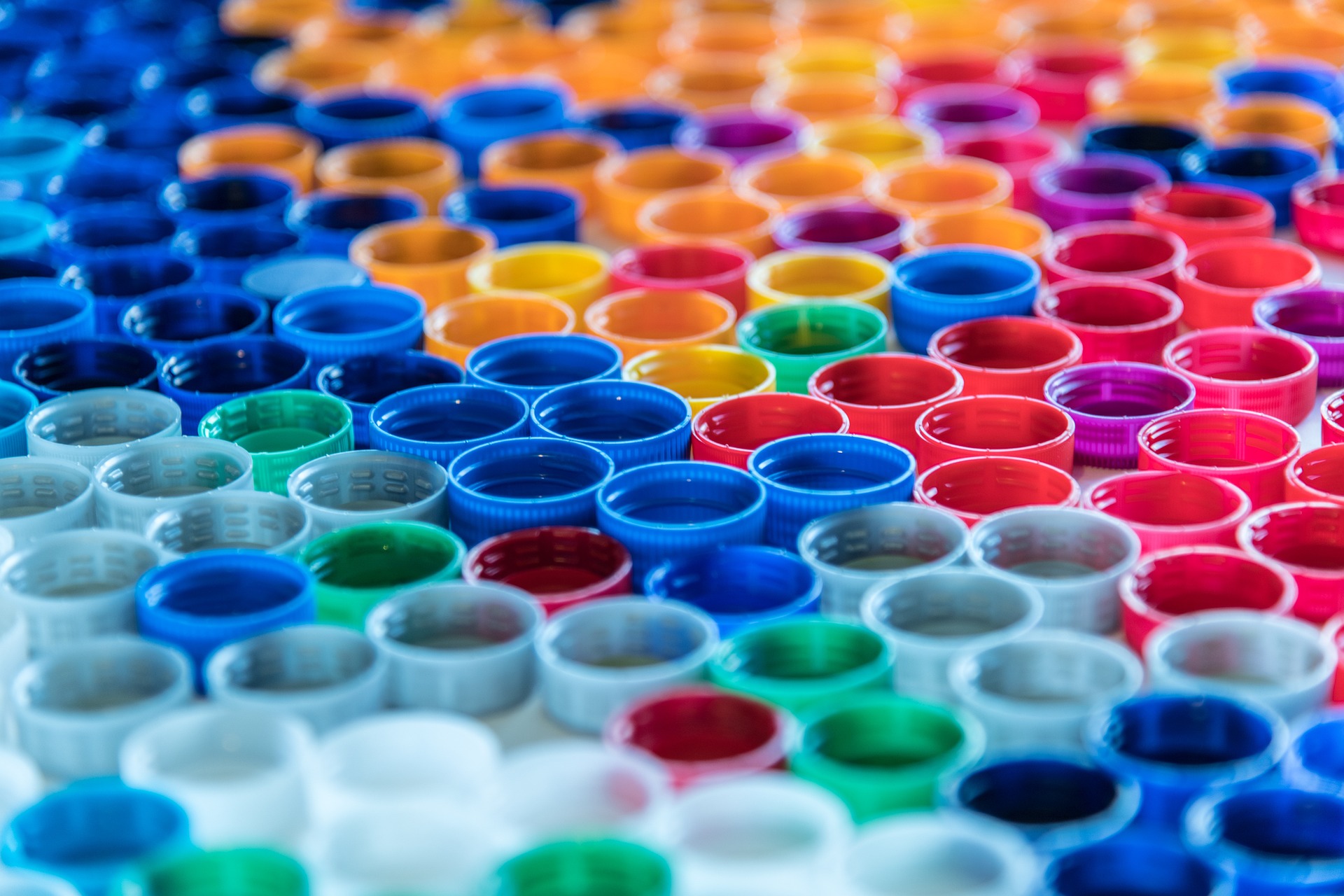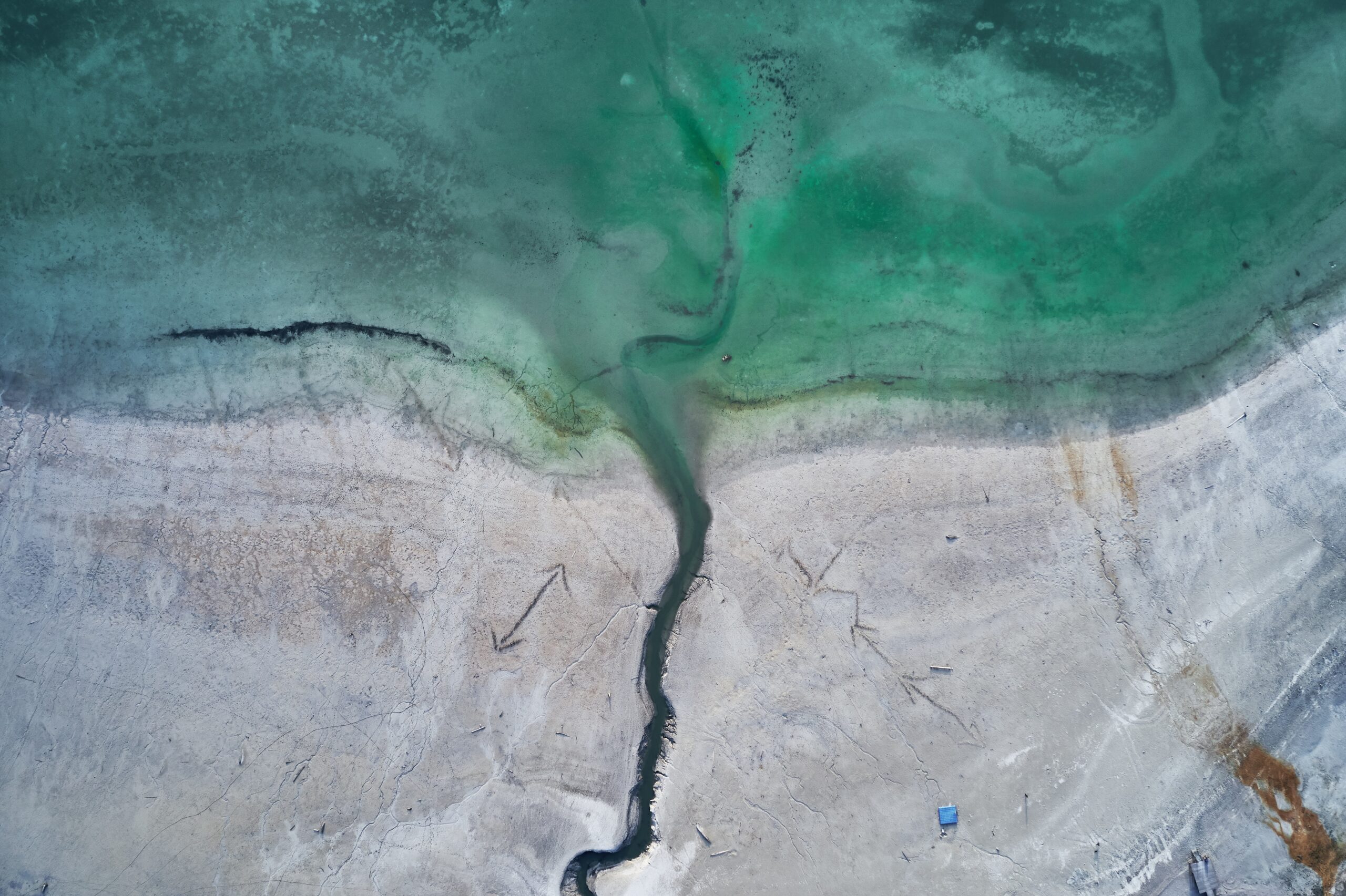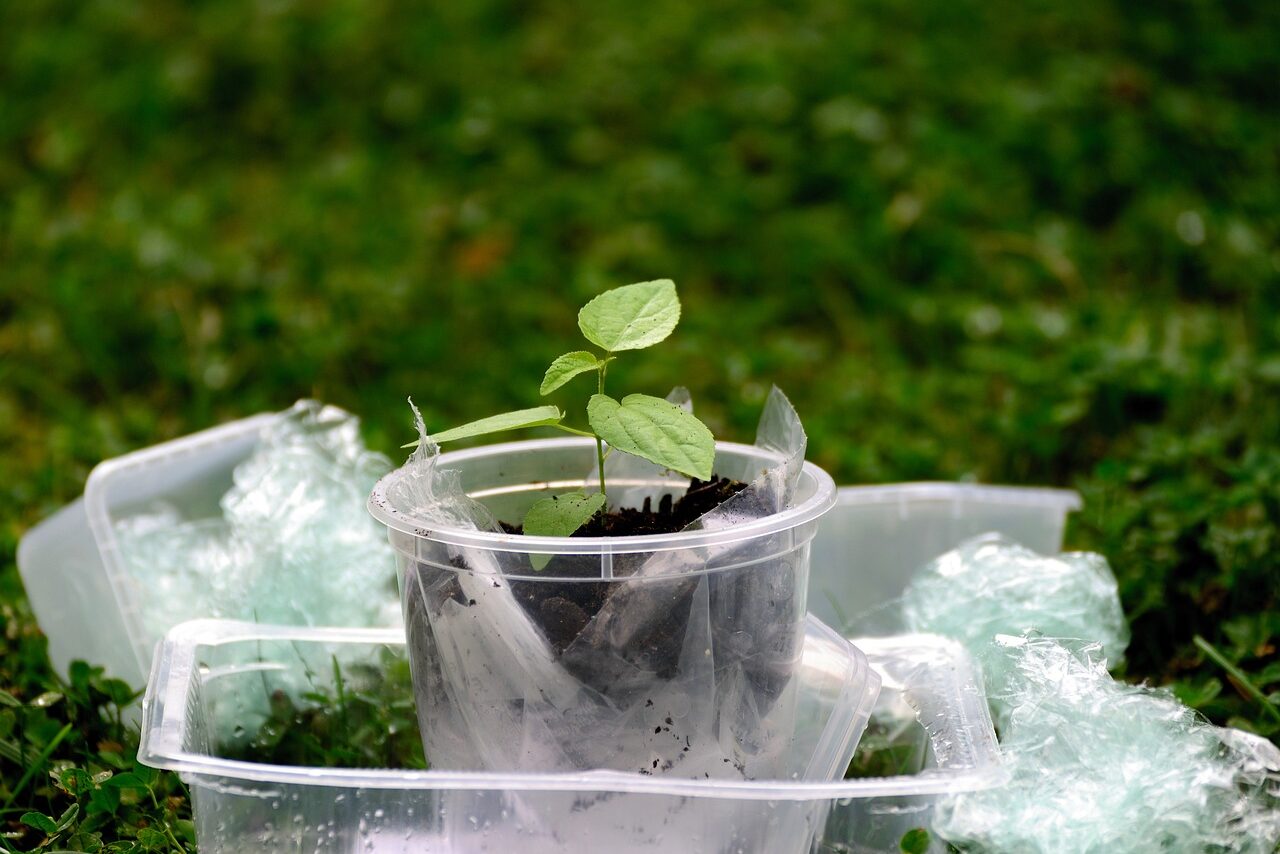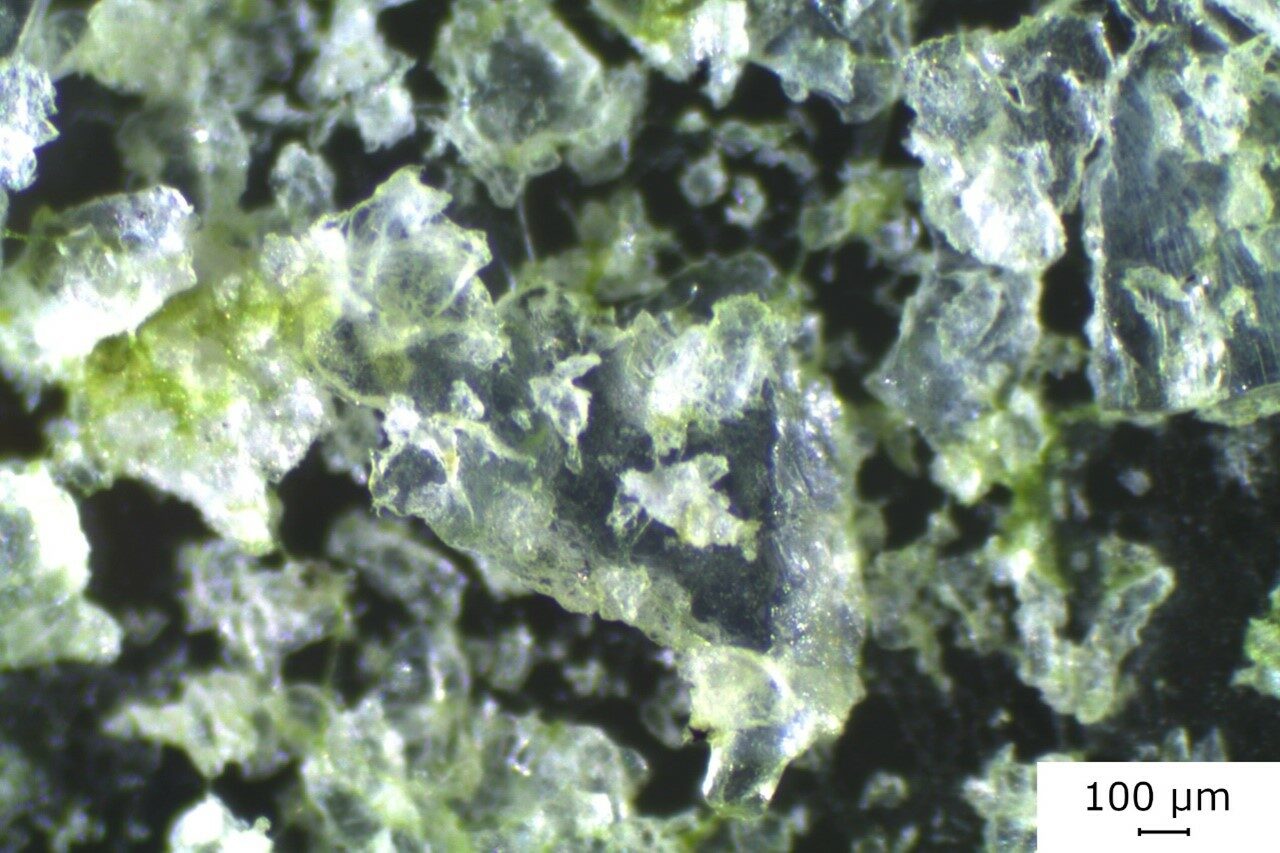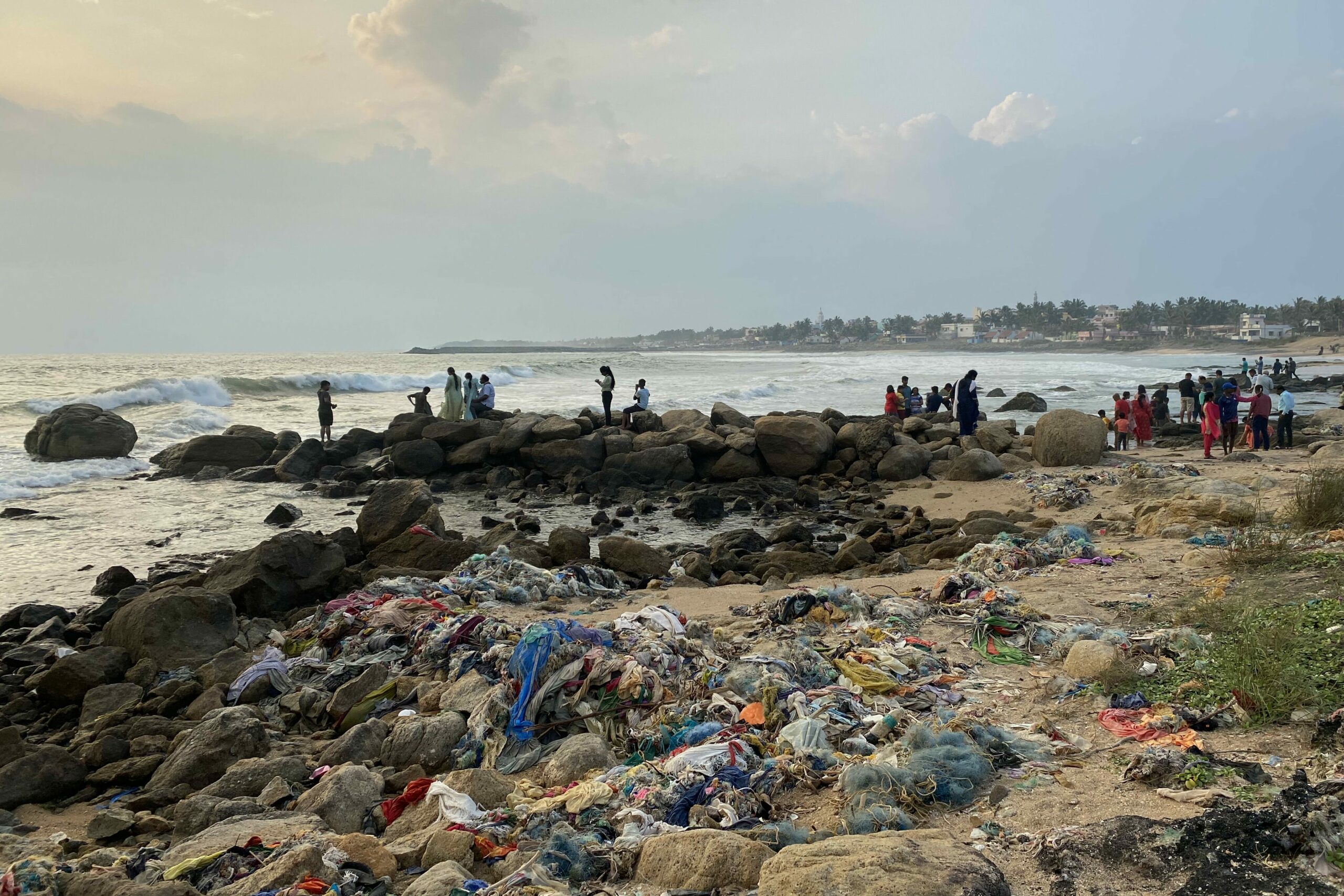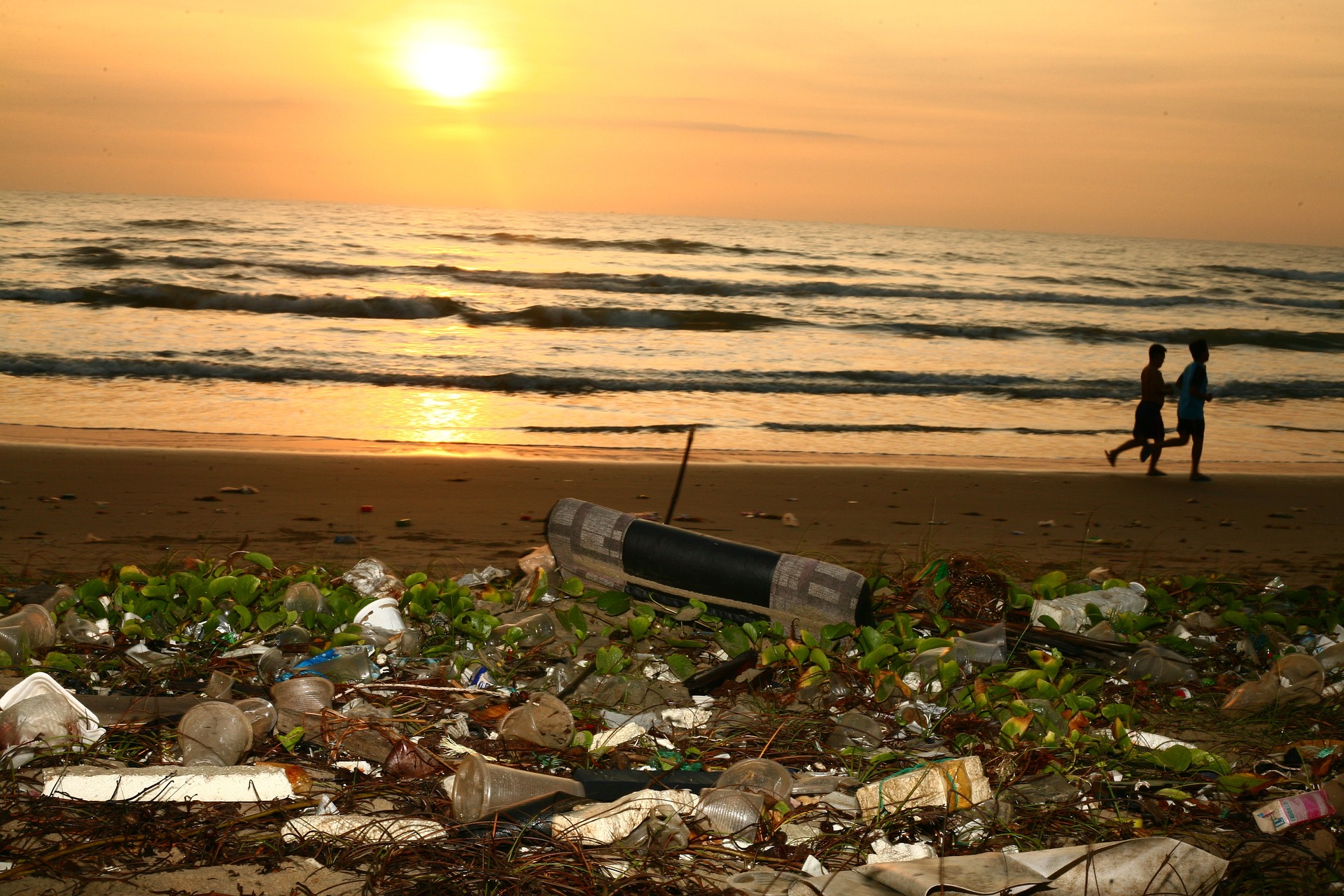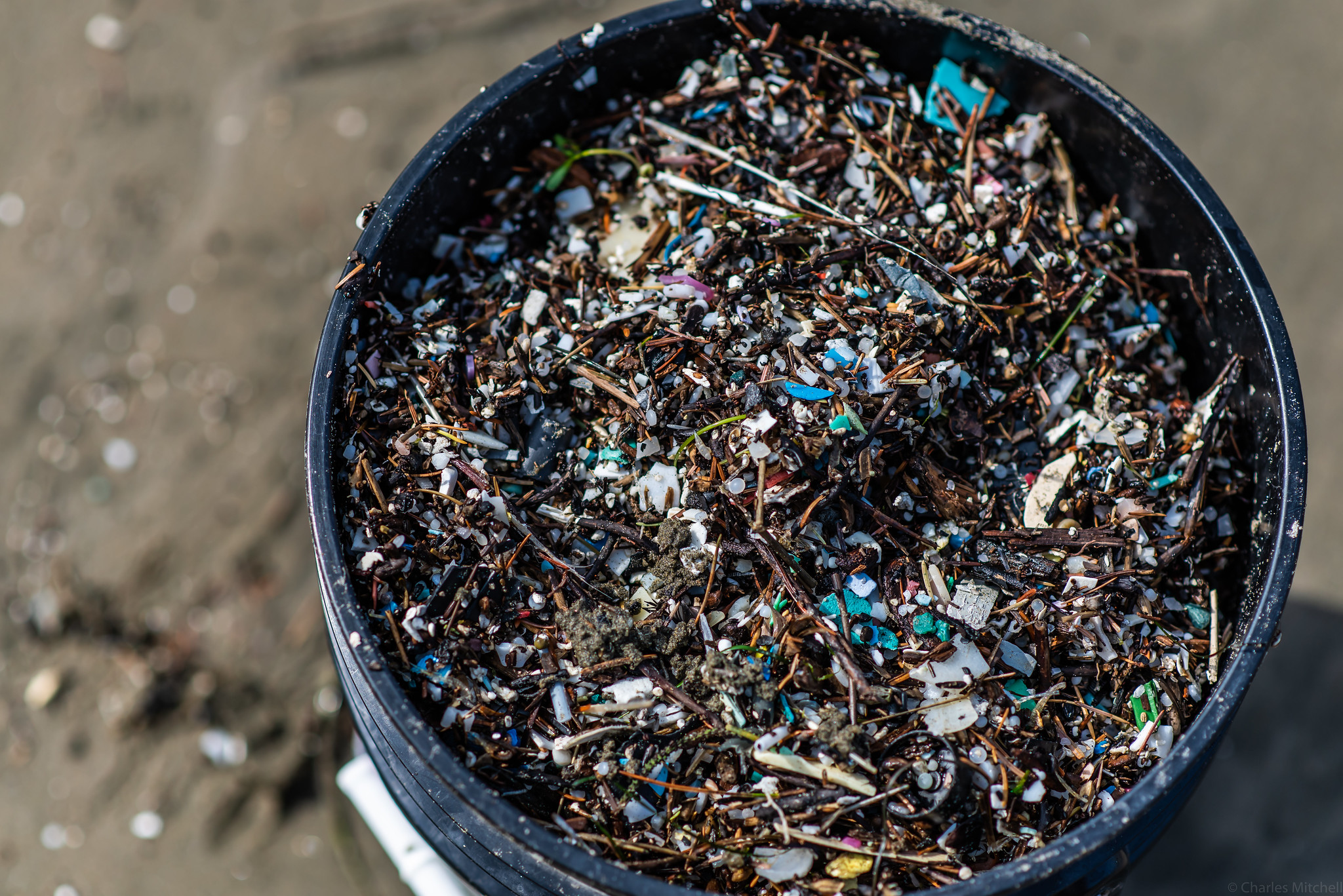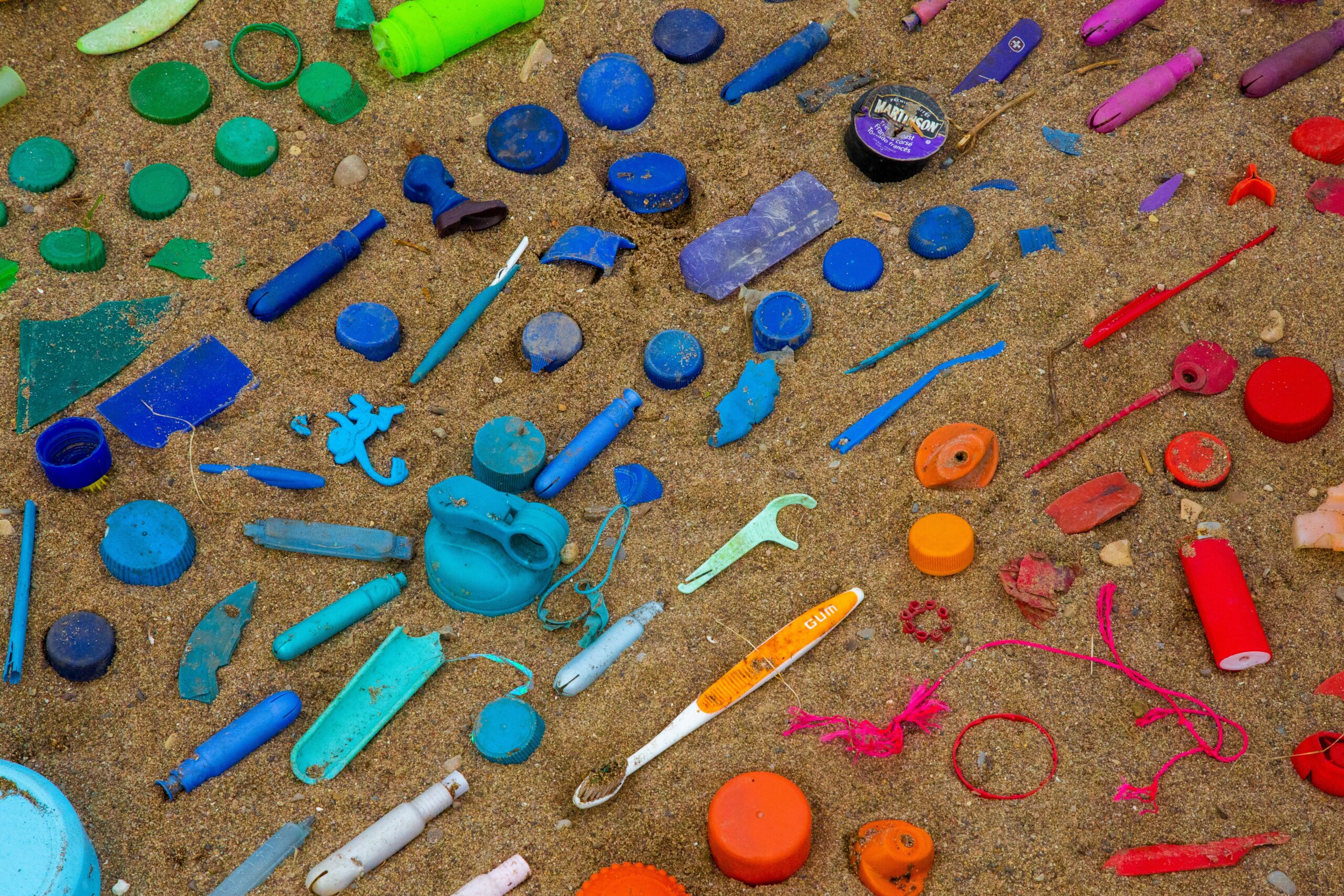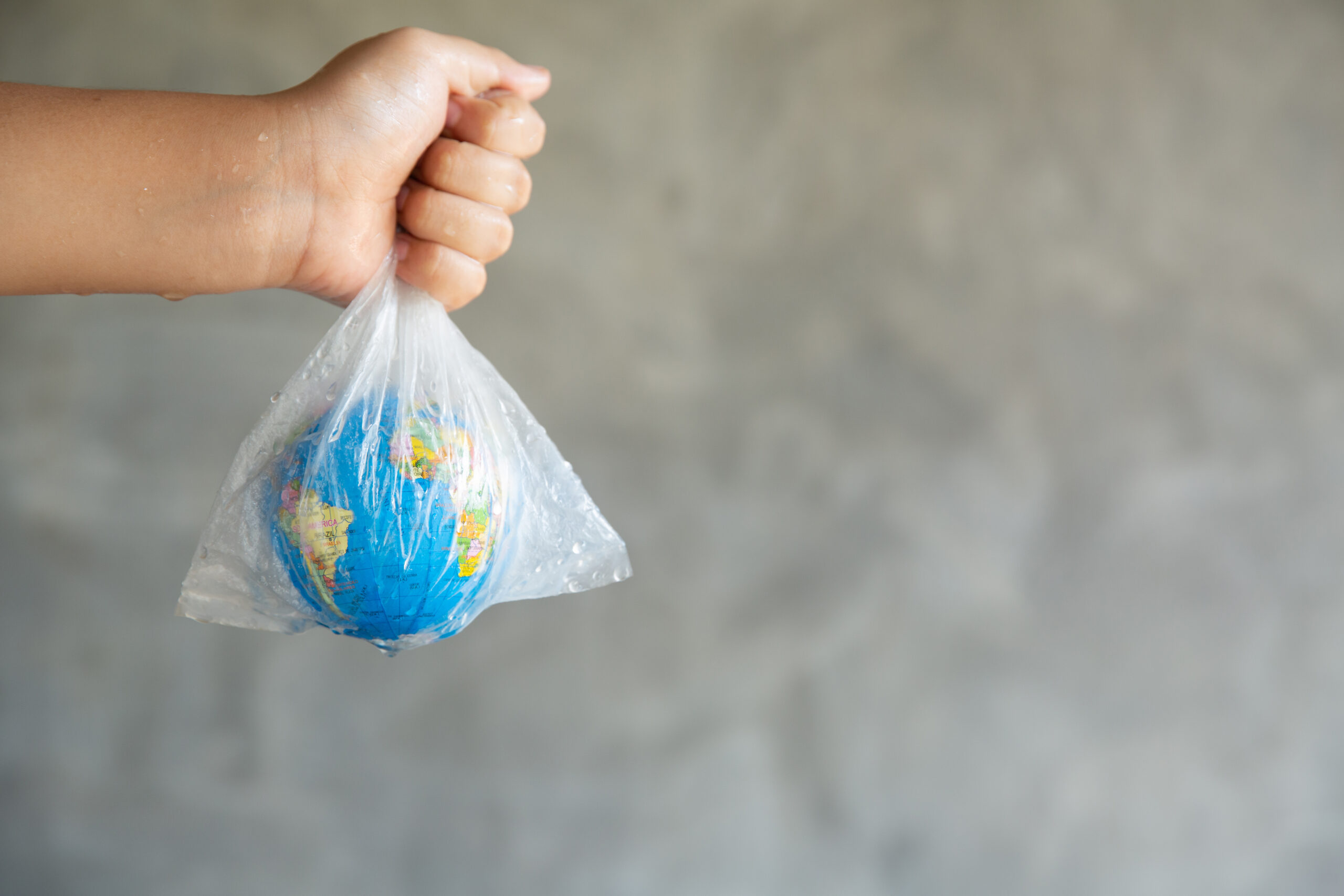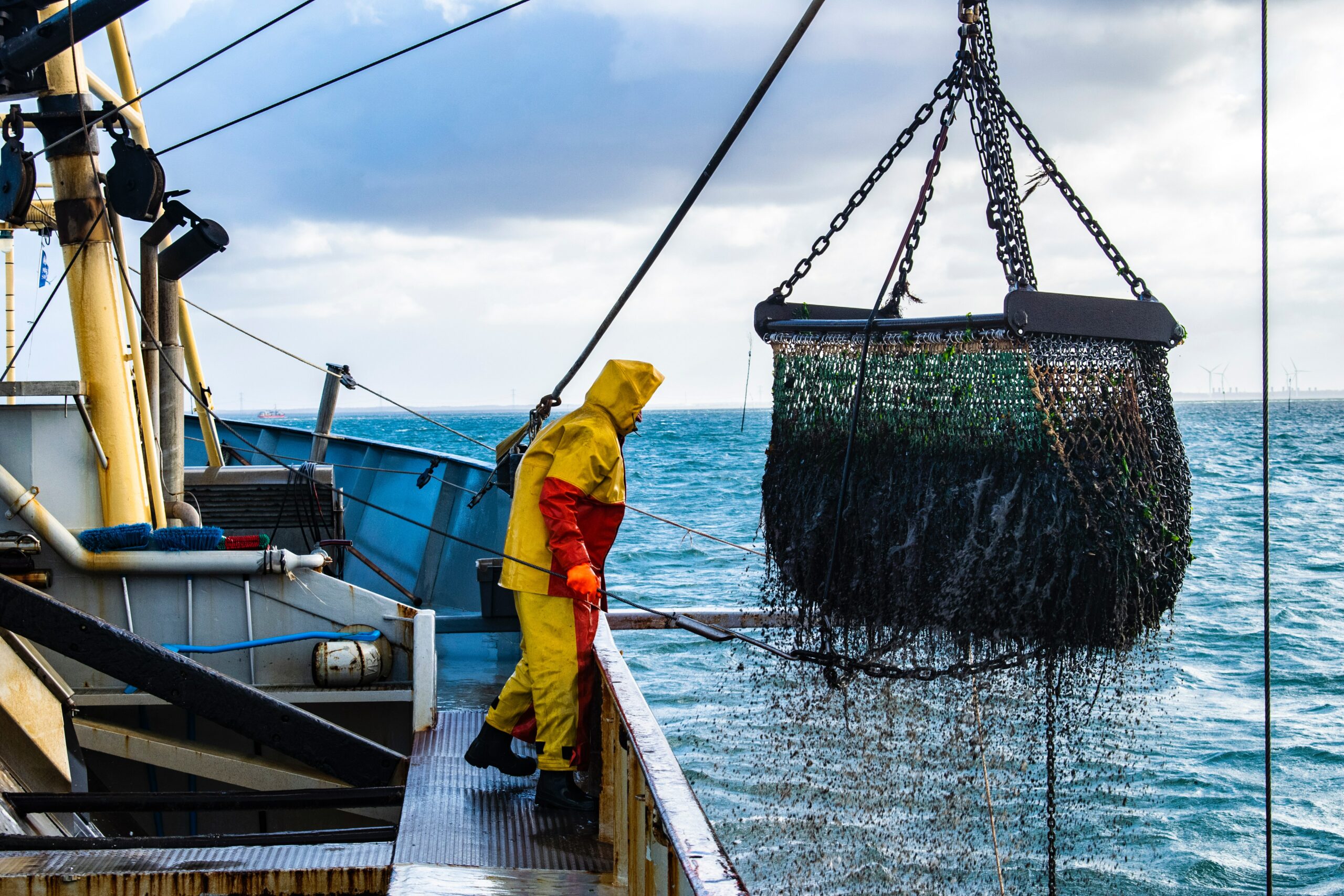Plastic is central in technological applications across industrial, agricultural and service sectors. The sectors with the highest demand for plastics are: packaging, building and construction, automotive, electronics and appliances, household/leisure, and agriculture. 99 percent of the plastic in use is oil-based, representing a non-renewable resource. There exist expectations that recycling and more efficient resource use can change this paradigm. To date only nine percent of all the plastic ever produced has been recycled, while half of the total production is intended for single-use applications. Most plastic waste is currently accumulated in landfills around the world, or dispersed in the environment. Recyclability has been presented as the road map for a sustainability, however, along with socioeconomic determinants, technical/design-related and waste management aspects can impede and influence full circularity. Under the thematic area “technology” we review and highlight significant works and initiatives concerning innovation of plastic component manufacturing, material engineering and plastic recycling. Widespread plastic pollution has resulted in innovation in environmental technologies and the development of new approaches and concepts for monitoring pollution and remediation. The latest advances in these areas are also highlighted.
Innovation of materials and product design are key elements for achieving plastic circularity and curb the flow of plastic waste accumulating in landfills, mismanaged or released into the environment. Circularity requires attentive effort from industry and the R&D sector. Sustainability criteria must be considered and included as fundamental pillars of material innovation and design. Including objectives of plastic circularity and sustainability into the innovation agenda of manufacturing and process technology is vital to prevent pollution. The development of recycling and waste management technologies can also represent important business opportunities if approaches are adequately tailored to the diverse conditions. However, meeting the demands of increasingly complex applications with the requirements for recyclability and cost-effective waste management is not straightforward. For recyclability, streamlining post-use processing of complex manufactured items – including multi-layered plastic materials still represent, in many cases, a challenge. The number and poor traceability of chemical additives present in different materials can also represent a limitation for circularity. Innovation for sustainability includes developing applications for bio-based and plastics waste feedstocks for polymer production, innovative materials and designing for recyclability to significant progress in cutting-edge chemical recycling technologies.
Plastic pollution in terrestrial and aquatic environments is poorly remediable as economic and technical hindrances can introduce serious limitations. In some cases, remediating plastic pollution will still be necessary. The list of available options for remediation to plastic pollution in both macro and micro scale is in rapid expansion and includes both approaches based on “dual task” operations, and new technologies and biotechnologies. The list of available options for remediation to plastic pollution in both macro and micro scale is in rapid expansion and includes both approaches based on “dual task” operations, and new technologies and biotechnologies.
Monitoring plastic pollution is key for societal awareness, policy making and for assessing effectiveness of pollution-prevention and remediation measures. There is currently little scientific consensus on the reliability and sensitivity of existing monitoring techniques for macro and micro/nano scale plastic pollution. However a lot of attention has been paid recently to advance this field of study, with new monitoring methodologies being tried and tested. While plastic pollution has been a feature of both natural and anthropogenic environments for decades, the ability to adequately assess flows and levels of plastic in terrestrial and aquatic environments is far from being consolidated. Plastic pollution encompasses a complex form of contamination characterized by polydisperse heterogenous elements spanning across dimensional scales (from macro to nano), large morphological and chemical composition variability. Setting environmental quality standards to protect environments from plastic pollution requires consolidated monitoring techniques and infrastructural resources that are only about to emerge.

